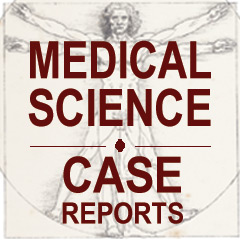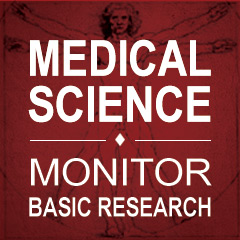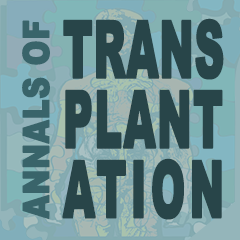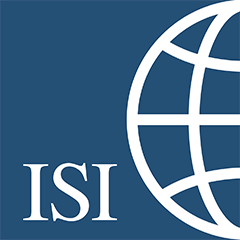Get your full text copy in PDF
Svetlana A. Bondar, Aleksey L. Maslyansky, Anna Y. Smirnova, Marina A. Novozhilova, Kayum V. Simakov, Stanislav N. Yanishevskiy, Aleksandra O. Konradi
Med Sci Case Rep 2021; 8:e929320
DOI: 10.12659/MSCR.929320
BACKGROUND:
Since the outbreak of the coronavirus disease 2019 (COVID-19), which subsequently increased to a pandemic, the number of reports about neurological manifestations of the disease has increased. Guillain-Barre syndrome (GBS), which is acute paralytic neuropathy, is one such rare manifestation.
CASE REPORT:
We report 2 cases of GBS in 58-year-old men with typical manifestations of COVID-19; one of them is presumed COVID-19. The interval between the onset of COVID-19 symptoms and the first symptoms of GBS was 5 and 13 days, respectively. The patients had a more severe GBS than in general cases of GBS associated with COVID-19; they required mechanical ventilation, and both patients developed sepsis and acute kidney injury (AKI), which led to the death of one of them. Serum antiganglioside antibodies were tested in 1 patient and were absent. A nerve conduction study also was performed in 1 patient and confirmed an acute inflammatory demyelinating polyneuropathy. One patient was treated with intravenous immunoglobulin and had a good prognosis, and the other was treated with plasma exchange and died.
CONCLUSIONS:
Our cases demonstrate the clinical course of GBS in COVID-19, diagnostic findings, and treatment strategies. GBS associated with COVID-19 seems to share most features of other post-infectious GBS. Nevertheless, further research is required to fully understand the characteristics, pathogenesis, and management of GBS in COVID-19.
Keywords: Autoimmune Diseases of the Nervous System, Coronavirus Infections, COVID-19, Guillain-Barre Syndrome





